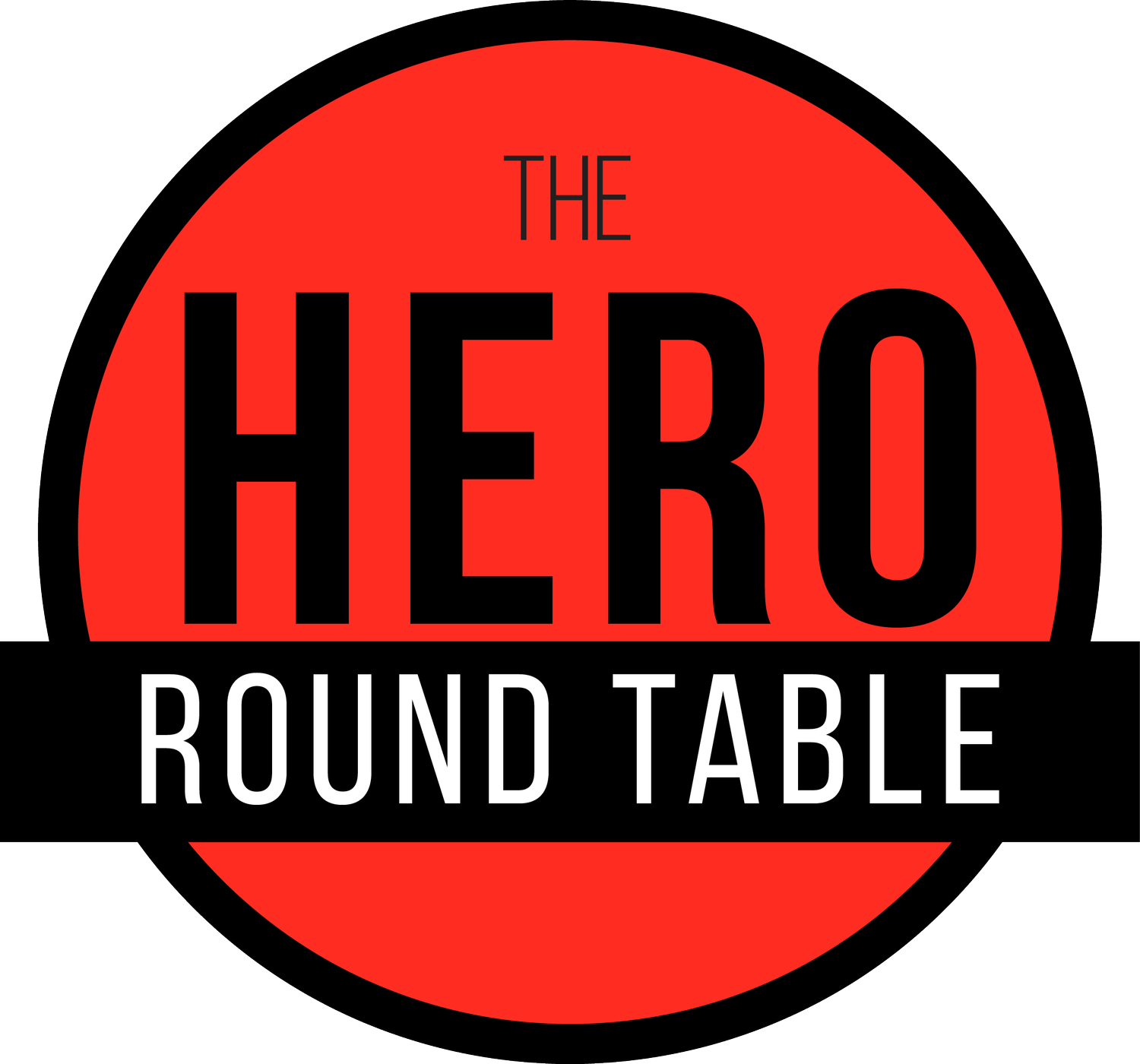One of the key concepts in teaching heroism is the hero’s journey. It was first made popular by Joseph Campbell in “The Hero With A Thousand Faces” and brought back into the collective consciousness by Christopher Vogler in “The Writer’s Journey: Mythic Structure For Writers”. These two books have heavily influenced modern movies with “Star Wars”, “The Matrix”, and “The Lion King” all created with the hero’s journey as a template.
The hero’s journey, or monomyth, describes the archetypal hero story. It is a series of broadly defined steps each hero goes on. So, regardless of when or where a story was written (or told), the hero has basically the same story. This applies to stories from 2,000 years ago in Italy just as effectively as a story being written in Hollywood as I type. Any story you know contains this same set of steps.
The reason the hero’s journey works is because it is found in our own lives. Imagine an invisible person is following you around and writing down everything you do. This might be scary for some of you. This person is writing a story and you’re the main character – you’re the hero. Just like every other hero ever written about you’re going through those same steps. You’re following the same path, the same pattern.
I like to use a slimmed down version of the hero’s journey to get started with hero training. Campbell has about 40 sections and Vogler has a dozen. I’ve got five. Five is a much more palatable number as well as being easier to remember. So, I present to you, the hero’s journey – Hero Round Table style.
The Mundane World
This is where every hero starts their story. It’s the normal world, the typical world, the boring world. It’s Luke’s Tatooine, it’s Dorothy’s Kansas, it’s Harry’s Muggle World.
The Call to Adventure
At some point the hero finds out that there’s something else out there – that they don’t have to live in the Mundane World any more. This can come in many forms: Peter’s spider, Dorothy’s tornado, or Harry’s letter.
Crossing the Threshold
Before the hero can leave the old world behind they have to cross the threshold. There can be a number of added features at this step, but for now it is simply the act of stepping into the new world. It’s Harry’s platform nine and three quarters, it’s Luke’s Mos Eisley, and it’s Alice’s rabbit hole.
The Path of Trials
This is the meaty part of the journey. If it’s a Michael Bay movie, this is where all of the explosions happen. Who am I kidding, if it’s a Michael Bay movie, even the Mundane World was full of explosions. During the Path of Trials, the hero meets new people (friends, enemies, and mentors), learns new skills, and overcomes challenges. As you can imagine, most of the story is dedicated to this step. The important function of it is to show the hero changing.
The Master of Two Worlds
At the end of the story, the hero has changed. They have succeeded in the new world and return to the old world as a different person, newly equipped to change that world. The lessons learned have empowered the hero to effect change on the world around them. This is Frodo’s return the Shire, Harry’s return to Privet Drive, and Dorothy’s return to Kansas. The world will never be the same because the hero went on the journey.
I will expand on these steps in future writing and apply them to other lessons as we progress. My hope is that this description has left an indelible mark on your brain and every story you experience from now on will see you identifying the steps – often to the annoyance of your friends. I speak from experience.
Watch the five steps summarized in the video below.

